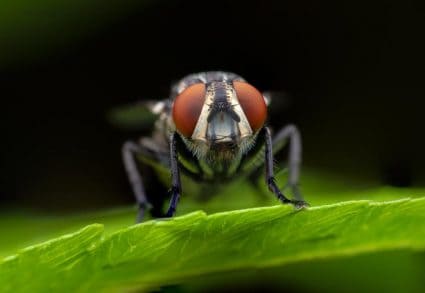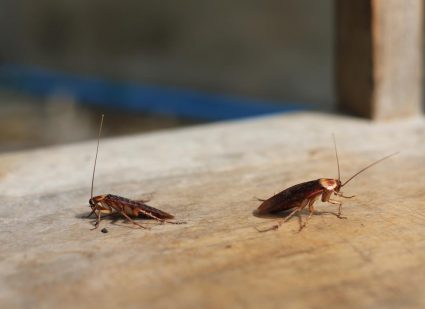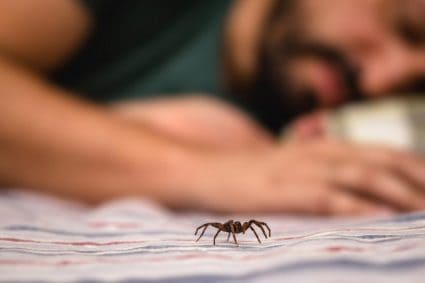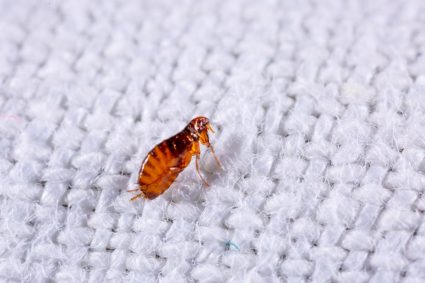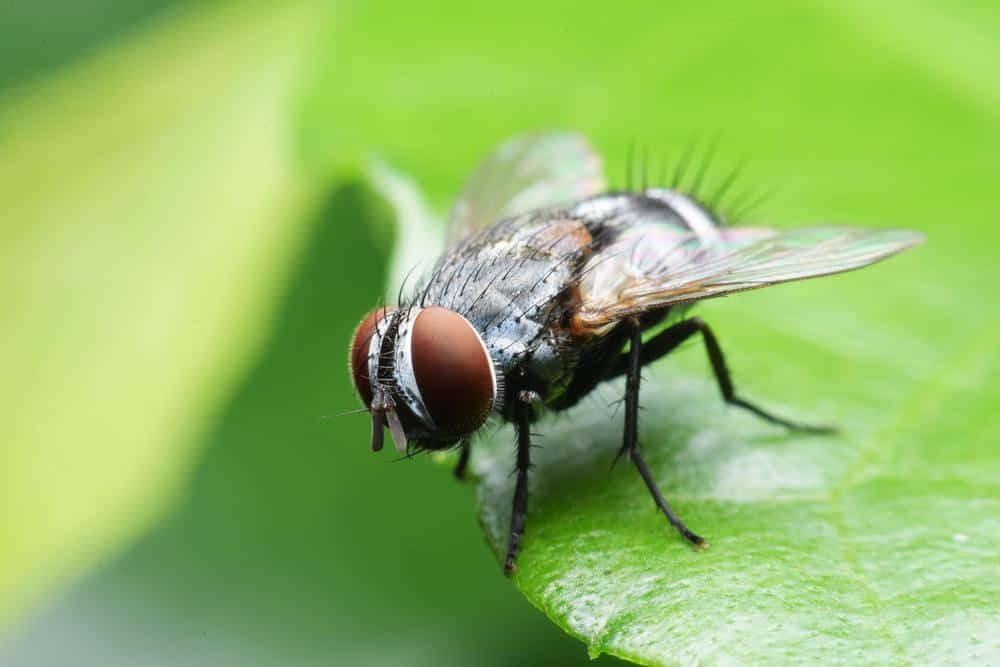
In the world of pet ownership, protecting our furry friends from harm is always a priority. It’s crucial to be aware of the potential dangers lurking in our homes and yards, especially when it comes to common pest control products like fly bait. So, the question arises – Does fly bait kill dogs?
Yes, fly bait can kill dogs. The toxic ingredients in fly bait, especially methomyl, can be harmful to dogs when ingested, inhaled, or absorbed through the skin. Symptoms of fly bait toxicity in dogs can include vomiting, excessive salivation, trembling, and heart issues. If you suspect your dog has ingested fly bait, seek emergency veterinary care immediately.
What is Fly Bait?
Fly bait is a substance commonly used to attract and exterminate flies. It is typically designed with a combination of attractants, such as pheromones or food-based substances, and toxic substances. The attractants lure the flies to the bait, and once the flies feed on it, they ingest the toxic substances, leading to their death.
Common active ingredients in fly baits include dinotefuran, (Z)-9-tricosene, and methomyl. While effective at killing flies, these ingredients can also be harmful to other animals, including dogs.
Can Dogs be Affected by Fly Bait?
Yes, dogs can indeed be affected by fly bait. The toxic ingredients, particularly methomyl, can be harmful to dogs when ingested, inhaled, or absorbed through the skin. Fly baits are especially dangerous because they often include sugar, which attracts dogs as well as the target pests.
Symptoms of fly bait toxicity in dogs can range from vomiting, excessive salivation, trembling, and heart issues. If you suspect that your dog has ingested fly bait, it’s crucial to seek emergency veterinary care immediately.
Recognizing Fly Bait Poisoning in Dogs
The symptoms of fly bait toxicity in dogs vary depending on the method of absorption and the amount ingested. Signs of poisoning can emerge within 30 minutes, although the effects can be delayed for several hours after exposure.
Common symptoms of fly bait poisoning in dogs include:
- Intense nausea and stomach pain
- Inflammation of internal organs, such as the pancreas
- Neurological changes leading to muscle spasms or seizures
- Partial or complete loss of consciousness
- Labored or weak breathing
- Sudden change in behavior and mood
If you suspect your dog has been exposed to fly bait or any other toxic substance, it is crucial to consult a veterinarian immediately, even if the exposure seems limited. Prompt treatment is essential to prevent potentially fatal damage.
What to Do if Your Dog Ingests Fly Bait
If you suspect your dog has ingested fly bait, it’s crucial to act quickly. Here are the steps you should take:
- Prevent your dog from ingesting or inhaling any more of the toxin.
- Call your veterinarian immediately and inform them of the situation.
- Gather any packaging or samples of the fly bait to give your veterinarian as much information as possible.
Treatment for fly bait poisoning may include inducing vomiting, administering activated charcoal to bind toxins in the stomach, and providing supportive care to manage symptoms.
Protecting Your Pets from Fly Bait
Prevention is always better than cure. Here are some measures you can take to protect your pets from fly bait:
- Hang fly traps out of reach of pets.
- Use pet-safe fly repellants.
- Keep your environment clean to reduce the number of flies.
- Store dog food properly to prevent attracting flies.
- Plant fly-repelling plants in your garden.
- Keep your dogs clean to avoid attracting flies.
- Use pet-safe fly traps.
Safer Alternatives to Fly Bait
There are alternatives to fly bait that are safer to use around pets, like homemade fly traps, sticky fly traps, Wondercide Fruit Fly Trap, Rescue Fruit Fly Traps, and DIY fly repellent sprays. Always read labels and ingredient lists when purchasing pest control products, and opt for those that do not contain harmful chemicals or toxic ingredients.
In conclusion, while fly bait is an effective way to control the fly population, it poses a significant risk to dogs and other animals. It’s essential for pet owners to be aware of these risks and take the necessary precautions to keep their pets safe. Always consult with a veterinarian before using any chemicals or insecticides around your pets, and ensure that fly baits are kept out of reach of children and animals.
Frequently Asked Questions
What are some examples of pet-safe fly repellants?
Some examples of pet-safe fly repellants include Diatomaceous Earth, Citronella candles, and essential oils like Lemongrass and Peppermint diluted in water and sprayed around the area.
What are some fly-repelling plants I can add to my garden?
Fly-repelling plants include Basil, Lavender, Mint, Marigold, and Rosemary. These plants emit a fragrance that is unpleasant to flies, helping to deter them from your garden.
How often should I check my home for fly baits if I have a dog?
It is recommended to check your home for fly baits and other potential hazards at least once a week, or whenever new products are brought into the home.
Can cats also be affected by fly bait?
Yes, cats can also be affected by fly bait. Similar to dogs, cats can suffer from toxicity if they ingest, inhale, or come into contact with fly bait.
What should I do if I can’t reach my vet immediately after my dog ingests fly bait?
If you can’t reach your vet immediately, you should contact an emergency animal hospital or poison control center. In the meantime, try to prevent your dog from ingesting more of the toxin and remove any remaining bait from their reach.
Are there any specific breeds of dogs more susceptible to fly bait poisoning?
Fly bait poisoning can affect any breed of dog. However, smaller dogs or puppies may be more severely affected due to their size and lower body weight.

